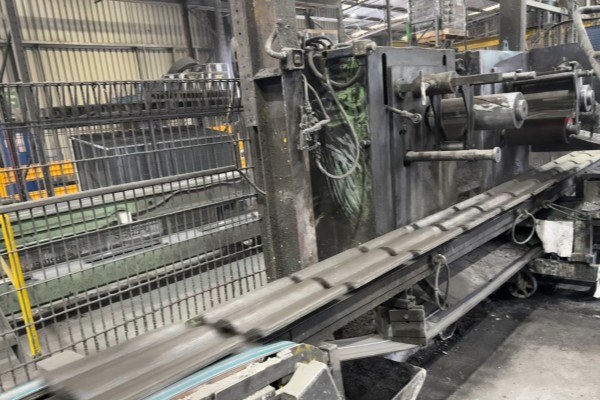RMIT and Bristile Roofing create roof tiles from recycled coal ash and glass

A collaboration between RMIT University and Bristile Roofing has produced new sustainable roof tiles made with coal ash and recycled glass, cutting CO₂ emissions by 13% compared with traditional concrete tiles.
Developed and trialled at Bristile Roofing’s Melbourne facility, the tiles re-purpose materials that would otherwise go to landfill, offering a durable and fire-resistant alternative that meets Australian Standards.
According to RMIT project lead Dr Chamila Gunasekara, the emissions reduction comes from replacing 10% of cement with harvested pond ash and 10% of river sand with unwashed glass waste.
“By replacing 20% of virgin materials, we reduce landfill waste while improving fire resistance, a key benefit for Australian conditions,” he says.
Australia produces around 12 million tonnes of coal ash and 1.3 million tonnes of glass waste annually, with much of it still ending up in landfill. The trials show that significant volumes of these materials can be reused without compromising quality or safety.
RMIT principal research fellow Dr Yulin Patrisia says the use of harvested pond ash enhances long-term concrete performance.
“It offers better dimensional stability, reduced shrinkage and ongoing strength gain making it ideal for durable, non-structural applications,” she says.
The findings are published in Sustainable Materials and Technologies and The International Journal of Life Cycle Assessment, with further trials now planned with local councils and industry partners.
The research team is also extending the mix design to concrete bricks using 35% waste materials (15% pond ash and 20% glass sand), achieving an 18% reduction in CO₂ emissions and 30% better insulation than standard cement bricks. These results, published in Case Studies in Construction Materials, show potential for broader applications across the construction industry.
The work forms part of the ARC Industrial Transformation Research Hub (TREMS), led by Professor Sujeeva Setunge at RMIT, which unites nine universities and 36 partners to transform reclaimed waste into high-value construction materials. The project also receives support from Sustainability Victoria’s Circular Economy Markets Fund.
